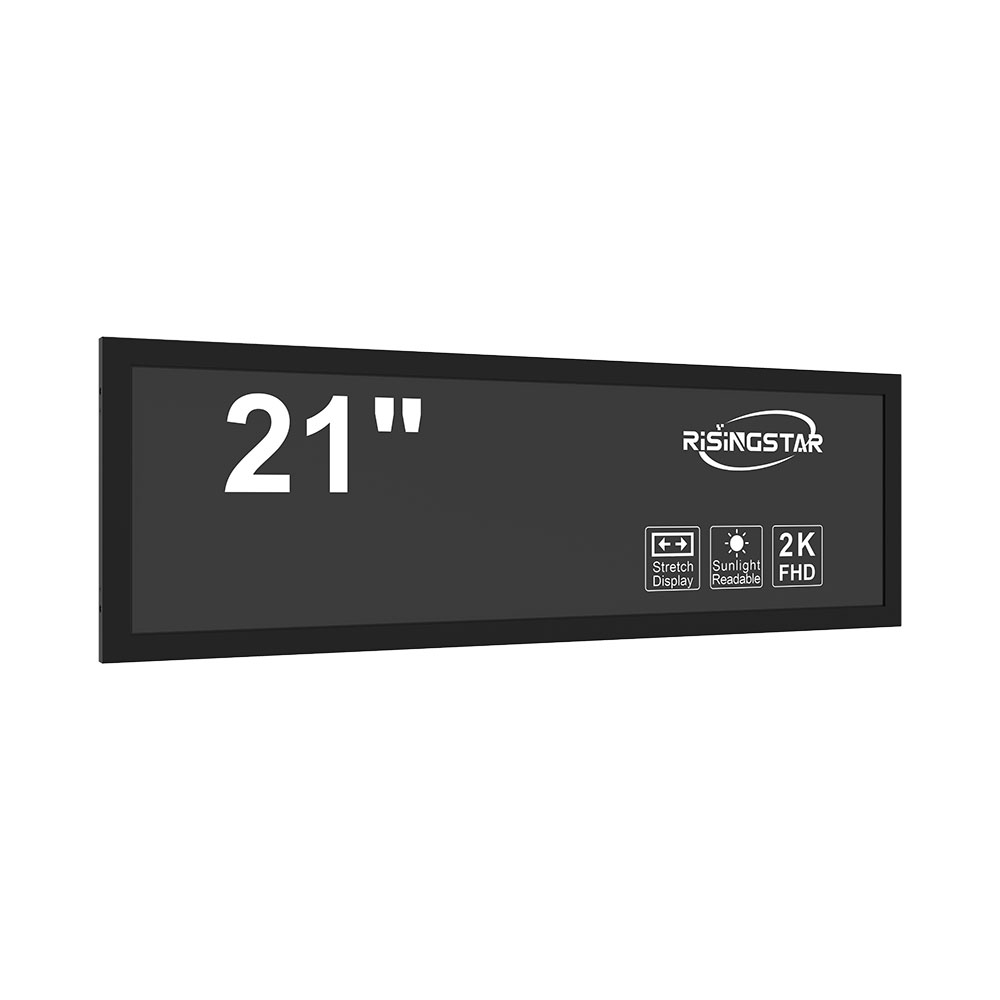High-brightness sunlight-readable LCD displays are essential components in modern outdoor and industrial environments where visibility under direct sunlight is critical. These screens, capable of achieving brightness levels between 3,000 and 10,000 nits, are engineered to overcome the limitations of standard LCDs, which typically max out at 500–1,000 nits and become unusable in bright daylight. According to a 2023 report by MarketsandMarkets, the global high-brightness display market is projected to reach $14.2 billion by 2028, driven by increasing demand from automotive, military, transportation, and industrial automation sectors.
Practical applications span across diverse industries. In automotive dashboards, especially electric vehicles (EVs), manufacturers like Tesla and BMW integrate high-brightness LCDs to ensure drivers can read navigation, speed, and battery status even in midday sun. Military-grade displays used in field operations must meet MIL-STD-810G standards for durability, temperature resistance, and glare reduction—often using transflective or active matrix technologies with anti-glare coatings. Public transit systems such as those in Tokyo and London rely on these displays for real-time schedules and emergency alerts, where ambient light conditions vary dramatically throughout the day.
Advantages of high-brightness sunlight-readable LCDs include enhanced readability without power-hungry LED backlighting, improved contrast ratios via optimized polarizers and wide viewing angles, and reduced eye strain for operators working in harsh lighting conditions. They also support touch functionality, enabling intuitive user interaction in environments ranging from construction sites to oil rigs. For instance, a case study from Siemens in 2022 demonstrated a 40% increase in operational efficiency when workers used ruggedized sunlight-readable displays during plant inspections, minimizing errors due to misreadings.
Common problems include thermal management issues—excessive heat can degrade performance or shorten lifespan—and compatibility challenges with legacy software systems that may not support advanced color calibration. Additionally, manufacturing costs remain higher than standard LCDs, though this gap is narrowing with advancements in OLED-on-LCD hybrid technologies and mass production techniques. The latest trend involves integrating AI-driven brightness adjustment algorithms that dynamically adapt screen luminance based on ambient light sensors, reducing power consumption while maintaining optimal visibility—a feature now seen in devices from companies like Sharp and LG Display.

These innovations reflect an industry-wide shift toward smarter, more energy-efficient, and durable displays tailored for real-world conditions. As global adoption grows, standards such as ISO 16750 for vehicle electronics and IEC 60068 for environmental testing will continue to shape design specifications, ensuring reliability in extreme climates—from Arctic research stations to desert-based solar farms.
2025-07-31